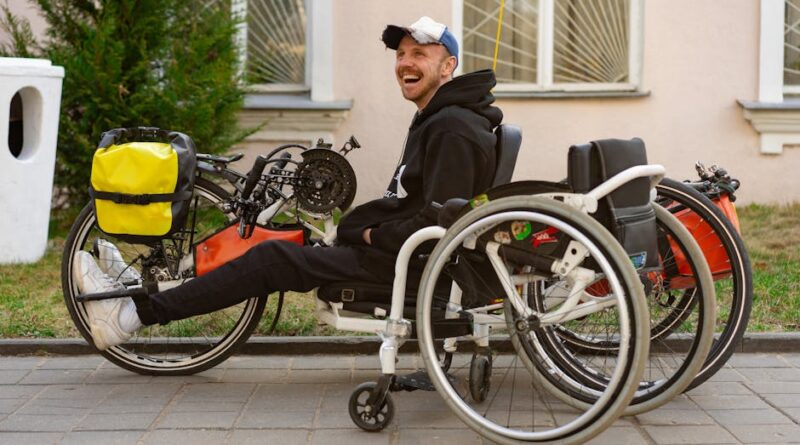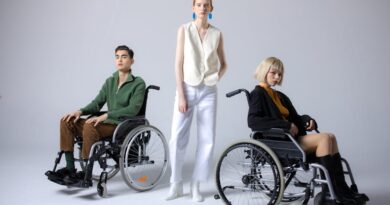Innovations in Pediatric Wheelchair Design
Did you know that over 150,000 children rely on wheelchairs in the United States? These children need mobility aids that are comfortable, safe, and designed just for them. In recent years, the world of pediatric wheelchair design has seen exciting changes. This article will explore these innovations and why they matter.
Why is Wheelchair Design Important for Kids?
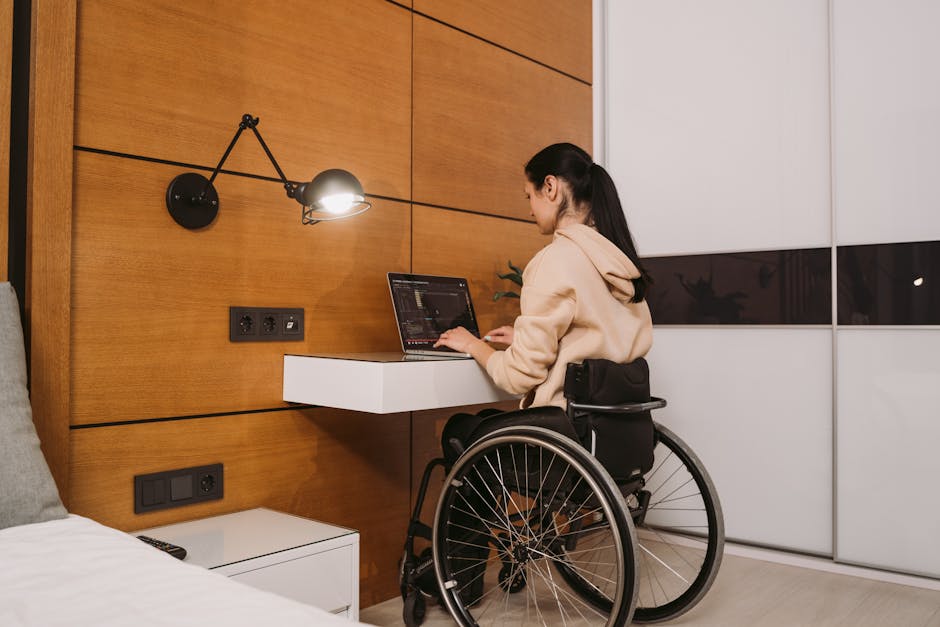
Children are not just small adults. They have unique needs and preferences that must be considered in wheelchair design. A good wheelchair can change a child’s life, helping them move freely and confidently.
Lets look at some key reasons why innovative designs are crucial:
- Comfort: Kids spend a lot of time in their wheelchairs. Comfort means they can focus on playing and learning, rather than being distracted by discomfort.
- Safety: A well-designed wheelchair keeps children secure. It helps prevent falls and injuries during daily activities.
- Functionality: Modern designs offer features that cater to the everyday lives of children, making it easier for them to navigate their environment.
What Are the Latest Innovations in Pediatric Wheelchairs?

The field of pediatric wheelchair design is buzzing with creativity. Here are some of the most exciting innovations:
1. Customizable Designs
Todays wheelchairs can be tailored to fit each child perfectly. Customization allows for:
- Adjustable seat heights
- Changeable arm and foot rests
- Different colors and patterns to match a childs personality
These options not only enhance comfort but also encourage kids to express themselves.
2. Lightweight Materials
Older wheelchairs were often heavy and bulky. New models use lightweight materials like aluminum and carbon fiber. This makes them easier to transport and maneuver. Kids can push themselves around without strain, promoting independence.
3. All-Terrain Capabilities
Many new wheelchairs now feature all-terrain designs. This means kids can confidently navigate grass, gravel, or even sand. These wheelchairs are equipped with:
- Wider wheels
- Better suspension systems
- Stronger frames
This design helps children explore nature and enjoy outdoor activities with friends.
4. Smart Technology Integration
Imagine a wheelchair that can interact with it’s user! Some modern pediatric wheelchairs come with technology that provides real-time feedback. For example:
- Built-in sensors can alert caregivers if a child needs assistance.
- Smart apps offer reminders for breaks or schedule changes.
- Some even have GPS tracking for safety.
These features keep children connected and enhance their mobility experience.
How Do These Innovations Impact Childrens Lives?
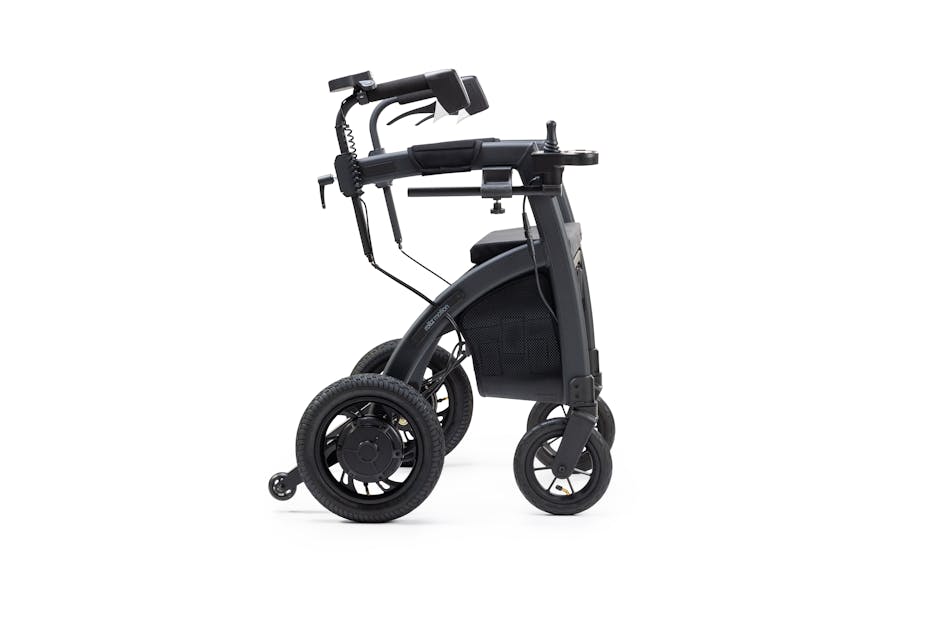
Innovations in wheelchair design go beyond just physical improvements. They significantly enhance a childs quality of life. Here are a few ways:
1. Boosting Confidence and Independence
Having a chair that fits well and is fun to use allows children to feel more in control. This independence is vital for their self-esteem. They can move freely, join friends, and discover new places.
2. Encouraging Social Interaction
When children have mobility aids that fit their needs, they can engage with peers more easily. Being part of a group boosts social skills. It also helps them create lasting friendships.
3. Supporting Physical Health
Properly designed wheelchairs can promote better posture and reduce the risk of health issues. When kids are comfortable, they are more likely to engage in physical activities. This helps maintain their overall health and wellbeing.
What Challenges Still Exist in Pediatric Wheelchair Design?
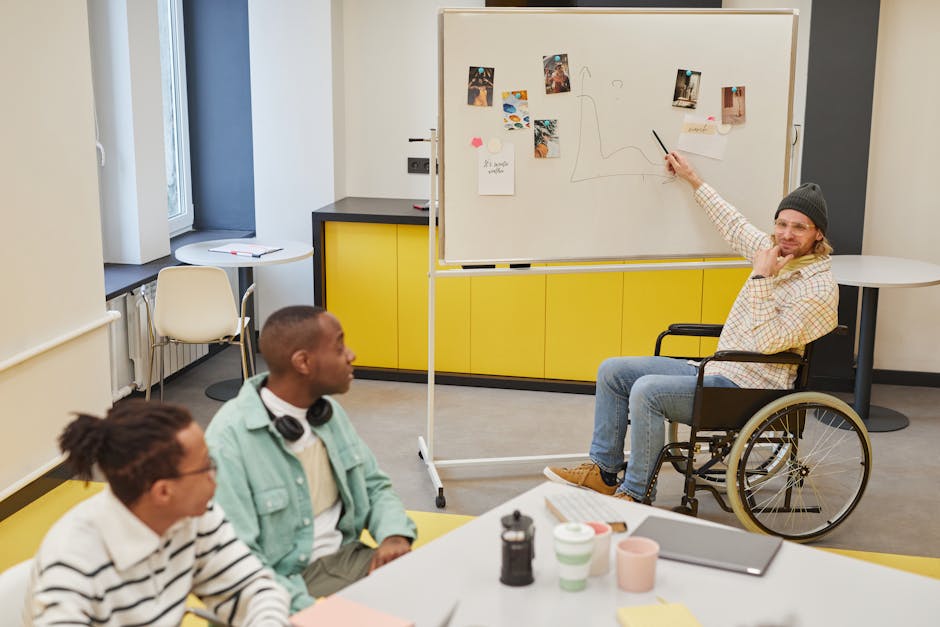
Despite the advancements, challenges remain in pediatric wheelchair design. Here are some critical areas that require attention:
1. Accessibility and Affordability
Not all families can afford advanced wheelchairs. Many rely on insurance, which might not cover the latest technology. This leads to disparities in access to modern mobility solutions.
2. Awareness and Education
Many caregivers and practitioners may not be aware of the latest options available. Education and outreach are essential in helping families make informed decisions about wheelchair choices.
3. Continued Innovation
The world of technology is always changing. Designers must continue to innovate to meet the evolving needs of children. This includes considering factors like sustainability and environmental impact in their materials.
What Are Some Common Misconceptions?
Despite the advancements, myths about pediatric wheelchairs still exist. Lets clarify a few:
1. All Wheelchairs Are the Same
This is far from the truth. Wheelchairs come in various shapes and sizes, designed for different needs. Customization allows for a better fit and improved functionality.
2. Kids don’t Want to Use Wheelchairs
Many children embrace their wheelchairs, especially when they are designed with fun colors and features. A well-designed wheelchair can make a child feel proud and included.
3. Wheelchair Users can’t Be Active
Many children with wheelchairs are very active! With the right design, they can play sports, participate in recreational activities, and enjoy adventures just like their peers.
What Can We Do to Support Better Wheelchair Design?
Supporting innovations in pediatric wheelchair design requires action from all of us. Here are some ways you can help:
- Advocate for Funding: Support policies that increase funding for advanced wheelchairs.
- Spread Awareness: Share information about the importance of tailored wheelchair designs.
- Engage with the Community: Get involved with local organizations that support children with disabilities.
Every effort counts in making a difference in these children’s lives.
Final Thoughts on Pediatric Wheelchair Innovations
Innovations in pediatric wheelchair design bring hope and opportunities to many children. They enhance mobility, encourage independence, and promote social interactions. As designers continue to think outside the box, we can expect even more exciting advancements in the future.
By supporting these innovations, we can help create a brighter and more inclusive world for all children. Keep an eye on new developments and advocate for the needs of children with disabilities. Together, we can make a difference.
For more information on advancements in mobility aids, check out the National Institutes of Health’s research on mobility aids.
